參考來源 : http://s852254.blogspot.com/2009/09/esxport.html
esx所用的port列表
不翻譯了,直接看比較快
port 80
vCenter Server requires port 80 for direct HTTP connections. Port 80 redirects requests to HTTPS port443. This is useful if you accidentally use http://server instead of https://server.
port 389
This port must be open on the local and all remote instances of vCenter Server. This is the LDAP portnumber for the Directory Services for the vCenter Server group. The vCenter Server system needs tobind to port 389, even if you are not joining this vCenter Server instance to a Linked Mode group. Ifanother service is running on this port, it might be preferable to remove it or change its port to differentport. If needed, you can run the LDAP service on any port from 1025 through 65535.If this instance is serving as the Microsoft Windows Active Directory, change the port number from 389to an available port from 1025 through 65535.
port 443
The default port that the vCenter Server system uses to listen for connections from the vSphere Client.To enable the vCenter Server system to receive data from the vSphere Client, open port 443 in thefirewall.The vCenter Server system also uses port 443 to listen for data transfer from the vSphere Web AccessClient and other SDK clients.If you use another port number for HTTPS, you must use : when you log in to thevCenter Server system.
port 636
For vCenter Linked Mode, this is the SSL port of the local instance. If another service is running on thisport, it might be preferable to remove it or change its port to different port. If needed, you can run theSSL service on any port from 1025 through 65535.
port 902
The default port that the vCenter Server system uses to send data to managed hosts. Managed hostsalso send a regular heartbeat over UDP port 902 to the vCenter Server system. This port must not beblocked by firewalls between the server and the hosts, or between hosts.
port 902/903
Ports 902 and 903 must not be blocked between the vSphere Client and the hosts. These ports are usedby the vSphere Client to display virtual machine consoles.
port 8080
Web Services HTTP. Used for the VMware VirtualCenter Management Webservices.
port 8443
Web Services HTTPS. Used for the VMware VirtualCenter Management Webservices.



![clip_image002[5] clip_image002[5]](http://blog.infinity.idv.tw/blog-img/ESXi4.1_CC05/clip_image0025_thumb.jpg)

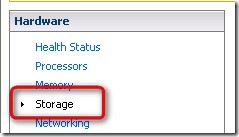

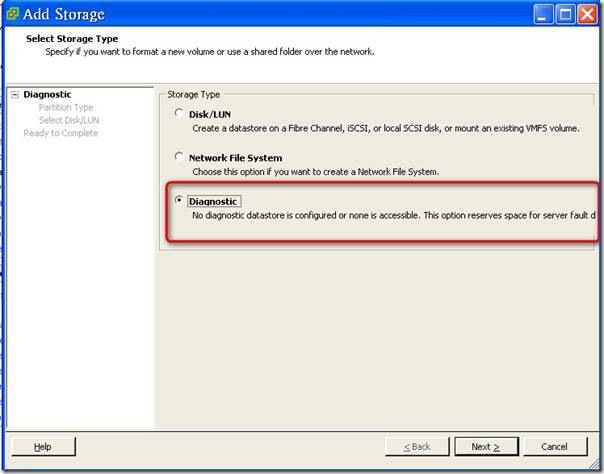
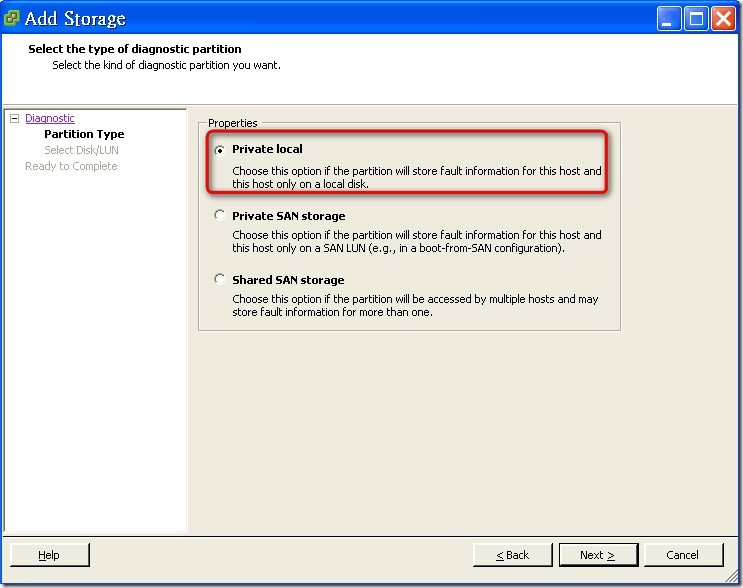
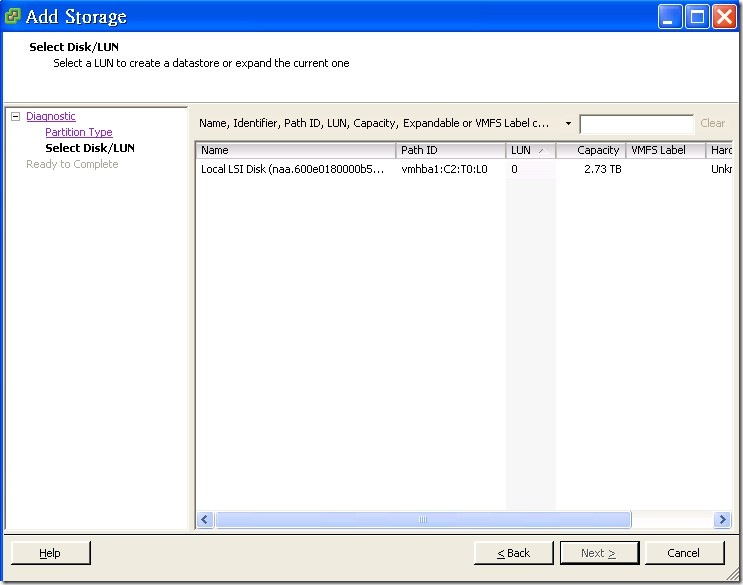
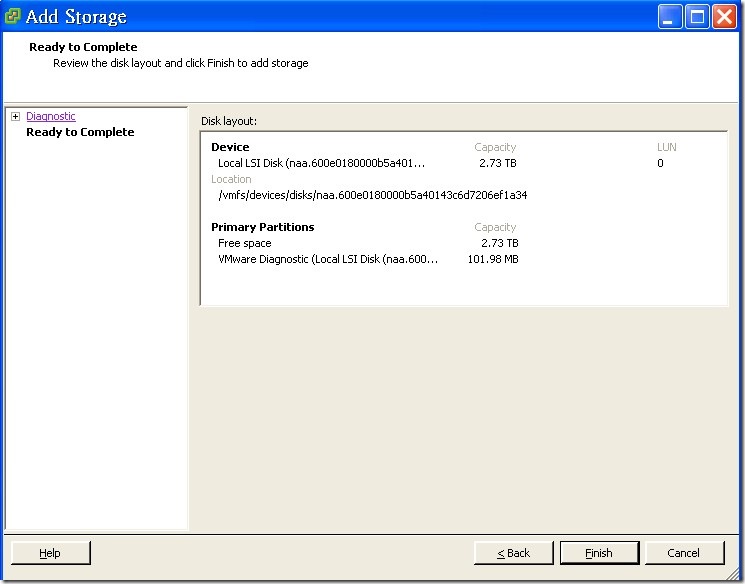

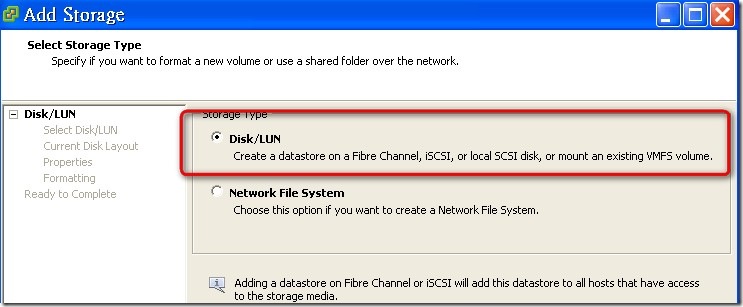

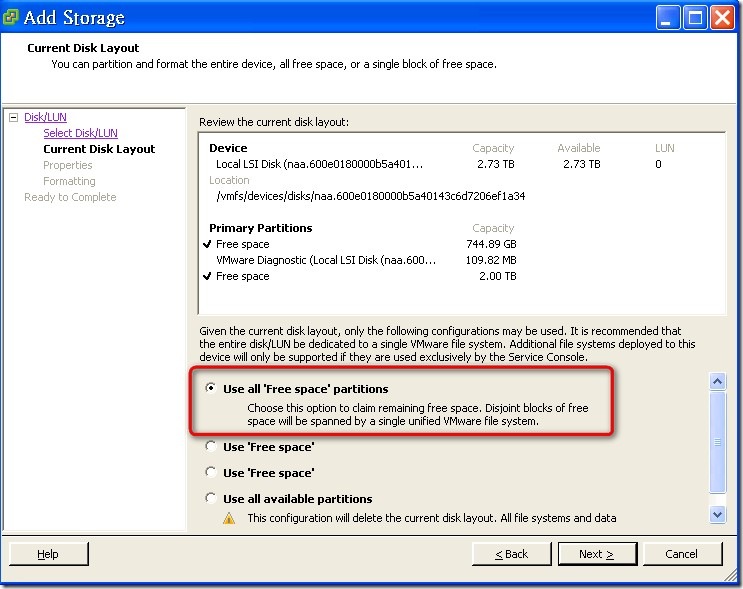
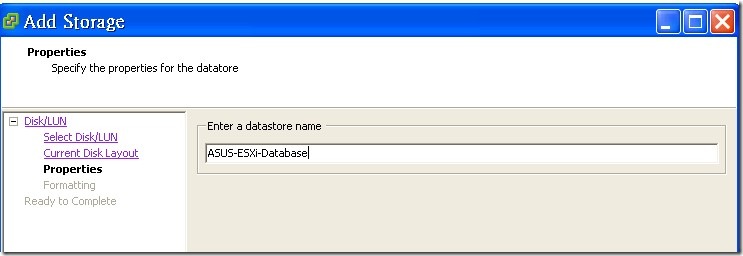
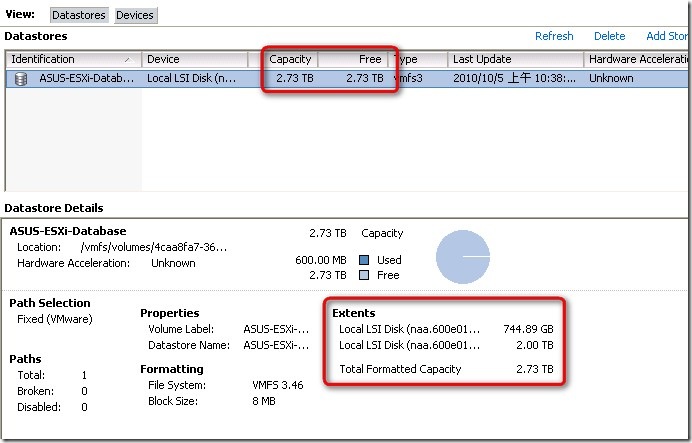
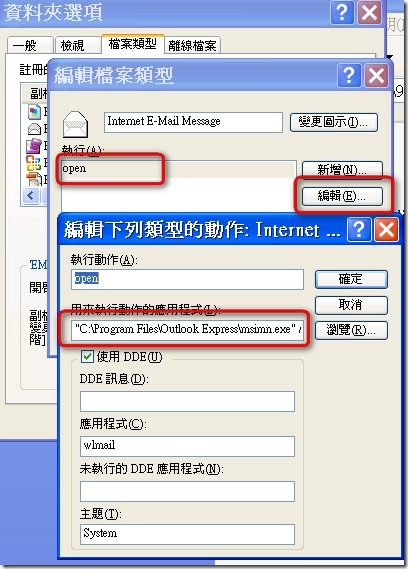


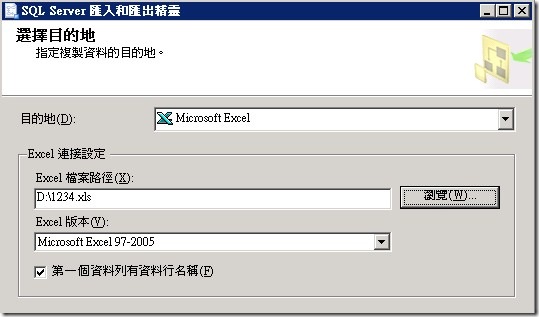
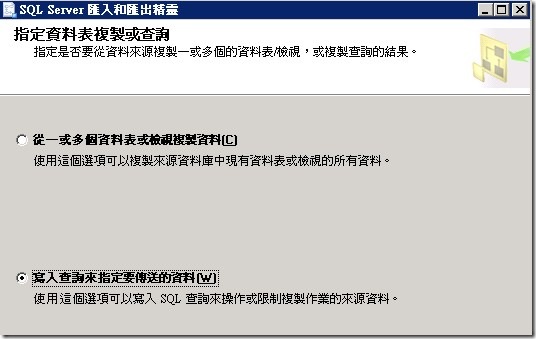
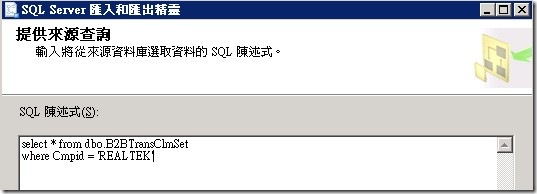
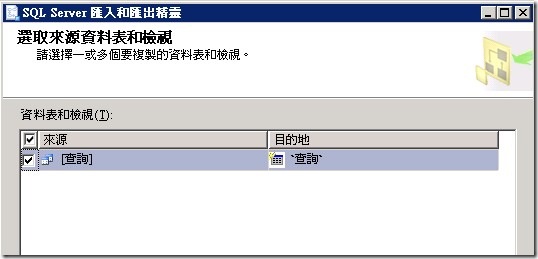
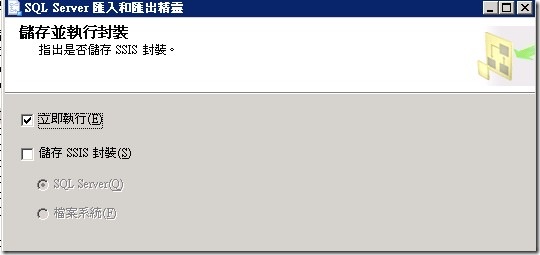
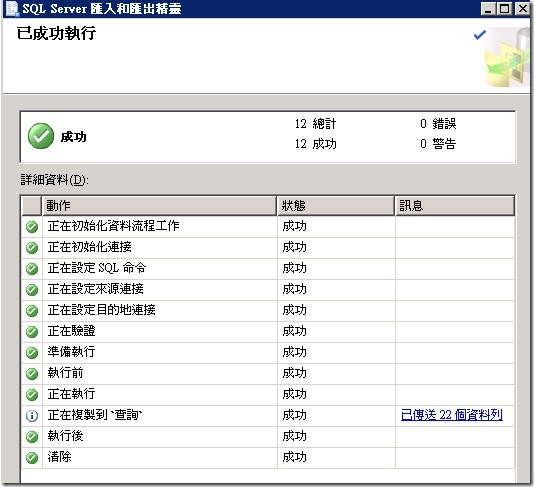
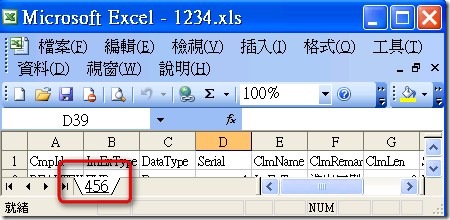

近期留言